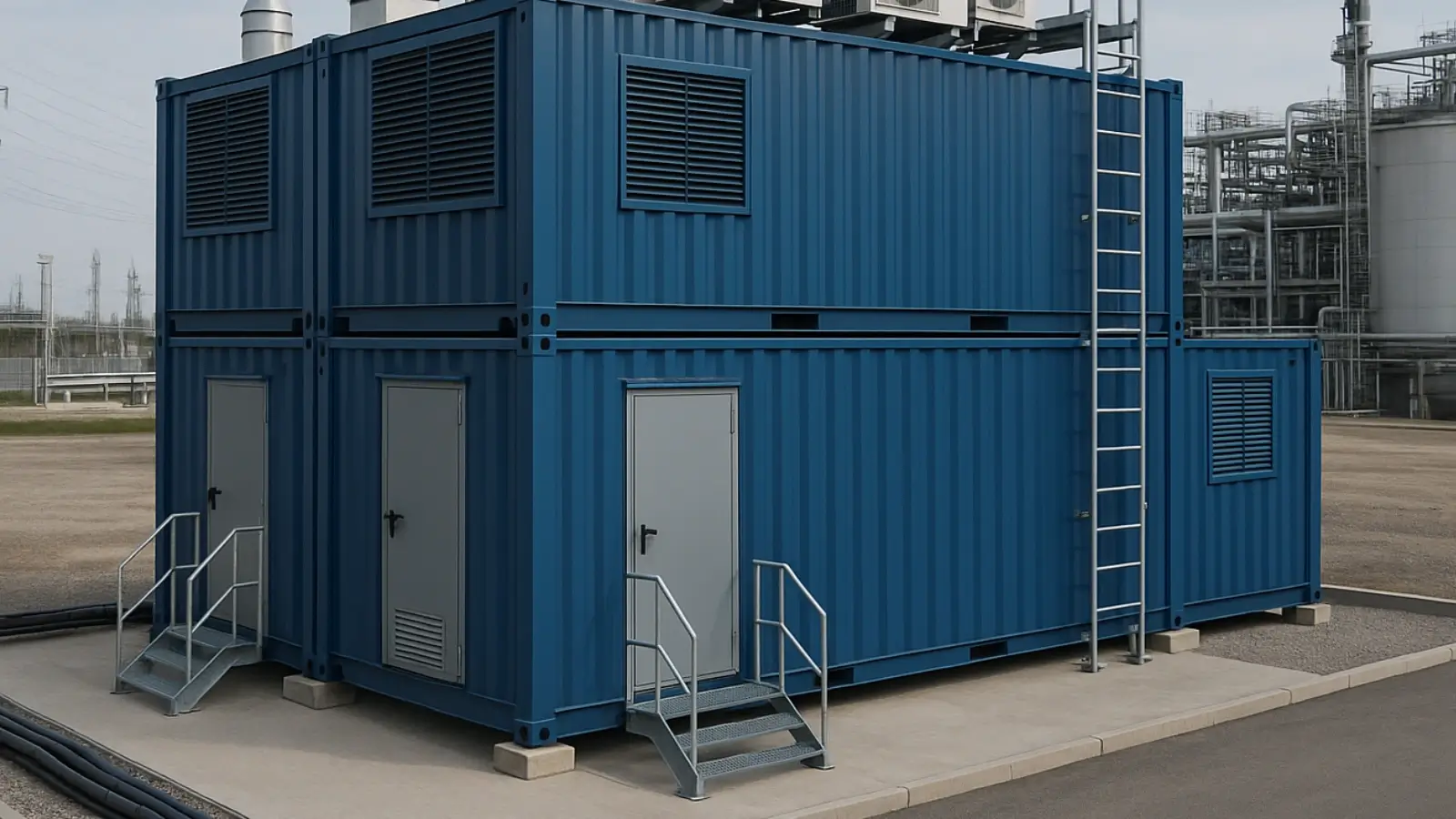


As digital operations grow more complex, businesses are quickly learning that traditional setups can only take them so far. Whether you’re expanding a data-heavy startup, building a mining operation, or managing multiple remote locations, the real challenge today is scaling efficiently without constant disruption or skyrocketing costs.
That’s where scalable infrastructure becomes more than a technical choice. In fact, it becomes a strategic advantage. But before making the leap, it’s important to understand what “scalable” really means for your business, how it affects operations long-term, and what modern solutions actually look like.
That being said, below are the essential factors to consider.
Businesses often don’t realize they’ve outgrown their infrastructure until problems start stacking up. Be it slow systems, rising cooling costs, downtime, complex wiring, or an inability to add new hardware quickly. These are classic signs that the company has hit its physical or operational ceiling.
Today, many companies—especially those operating in high-demand digital sectors—look toward modular solutions instead of traditional construction. For example, if your organization is planning to expand data processing or crypto mining capacities, you should often choose to Order and Install a crypto mining container for your next project, especially from providers like TON Infrastructure.
It’s because containerized systems offer predictable performance, plug-and-play scalability, and controlled environments that traditional rooms simply can’t deliver.
When evaluating your readiness, ask:
If the answer is “yes” to any of these, your business may already be at a point where scalable infrastructure is no longer optional—it’s essential.
Scalable infrastructure isn’t just about “more space.” It’s about flexibility, efficiency, and faster deployment. Today’s modular systems, especially containerized units, give businesses a practical alternative to building or constantly renovating server rooms.
A containerized solution offers:
This approach is especially useful for data-driven industries, distributed teams, growing tech companies, crypto mining operations, and organizations working in remote areas where building physical facilities isn’t practical.
Infrastructure is only scalable if it can support increased power demands without compromising performance. As businesses grow digitally, energy usage becomes one of the largest operational expenses. Poor airflow, insufficient cooling, and aging power systems quickly lead to shutdowns or hardware failures.
Modern scalable infrastructure solutions focus heavily on:
One of the greatest advantages of containerized infrastructure is that the power and cooling systems are pre-engineered. Instead of constantly upgrading or modifying existing rooms, businesses get a system that is already optimized for high-performance workloads.
For teams managing sensitive equipment or high-energy operations, this single upgrade can prevent thousands of dollars in hardware loss and downtime each year.
Businesses often make infrastructure decisions based on current demand—but real scalability means thinking ahead. The question is not “What do we need today?” but rather “What will we need two years from now? Five years?”
A scalable solution should let you:
This is why more companies are turning toward modular and container-based models. They allow growth in controlled increments, reducing financial strain and minimizing technical interruptions.
Realistically, your business should grow without slowing down—and your infrastructure should keep pace, not hold you back.
Scalable infrastructure isn’t just a technical upgrade—it’s a strategic step toward sustainable business growth. Whether you’re handling data-heavy operations, planning a mining project, or expanding to new locations, the right system helps prevent bottlenecks, reduce energy costs, simplify processes, and protect your hardware.
By assessing your current needs, understanding modular solutions, evaluating power and cooling demands, and planning for long-term expansion, you’ll position your business for smoother, more predictable scaling. And for teams working with high-intensity equipment or rapidly growing operations, exploring container-based setups can offer the performance, speed, and flexibility needed for the next stage of growth.